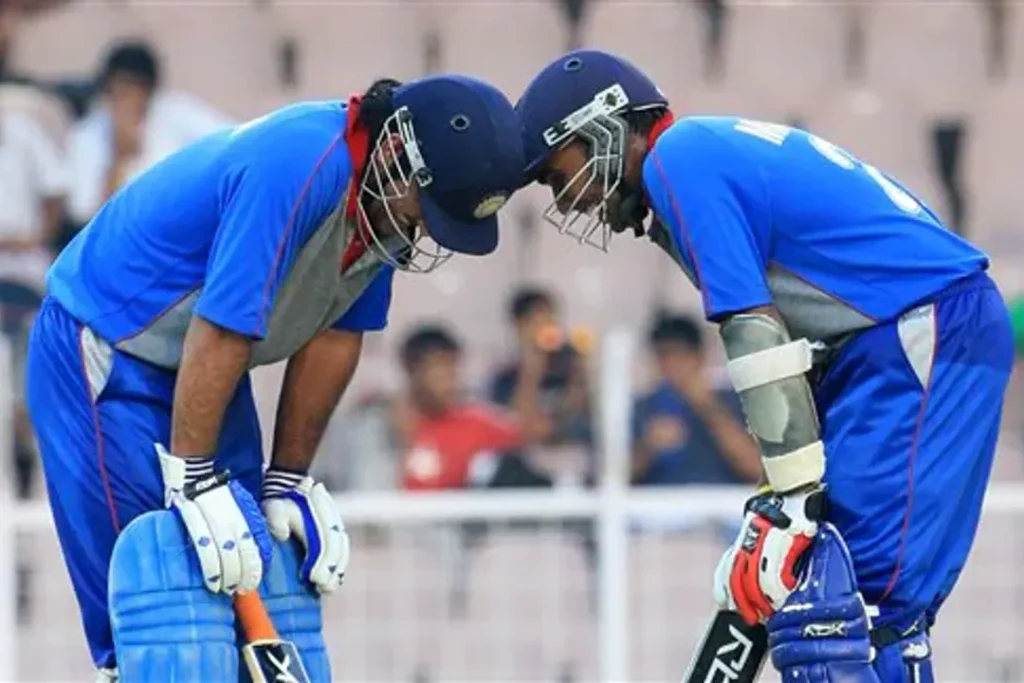
PC: google
The Afro-Asia Cup, a unique cricket tournament that saw players from Africa and Asia join forces, is set for an exciting revival after nearly two decades. The tournament, last played in 2007, holds a special place in cricket history as it brought together top players from both continents in a spirit of camaraderie and competition. As the cricketing world buzzes with the news of its comeback, here are five fascinating facts about the Afro-Asia Cup that make its return so eagerly anticipated.
1. A Symbol of Unity Through Cricket
The Afro-Asia Cup was not just about the matches—it represented a broader vision of promoting cricket in regions where the sport was still developing. Originally organized by the Asian Cricket Council (ACC) and the African Cricket Association (ACA), the tournament aimed to foster relations between Asia and Africa while providing a platform for players from non-traditional cricketing nations, such as Kenya and Zimbabwe, to shine on the international stage alongside cricketing powerhouses like India and Pakistan. The tournament was seen to promote cricket’s global reach, particularly in Africa, where the sport needed more visibility.
2. The Star-Studded Asia XI vs Africa XI
The Afro-Asia Cup saw some of the biggest names in cricket teams up across national boundaries. The Asia XI included legends like Virender Sehwag, Sourav Ganguly, and Rahul Dravid, while the Africa XI boasted stars like Shaun Pollock, Jacques Kallis, and Makhaya Ntini. For fans, it was a rare treat to see these cricketing giants play together rather than against each other. This made the Afro-Asia Cup a star-studded affair that captured global attention, and the idea of seeing modern greats like Virat Kohli, Babar Azam, and Shaheen Afridi playing alongside each other in the revival is generating immense excitement.
3. Historic Wins and Close Contests
The tournament saw some memorable matches during its brief run in the 2000s. For instance, in the first edition in 2005, Asia XI won all three ODIs, with tight finishes like the 2-run win in the opening game using the Duckworth-Lewis method. The tournament’s second edition in 2007, hosted in India, saw equally thrilling encounters, with Asia XI sweeping the series 3-0 yet again. Notable performances included Sanath Jayasuriya’s blistering century in the third match and AB de Villiers‘ fighting 88 in a losing cause for Africa XI.
4. Potential Superstars in the 2024 Edition
One of the most exciting aspects of the Afro-Asia Cup’s revival is the potential dream lineups. For the Asia XI, names like Rohit Sharma, Virat Kohli, and Jasprit Bumrah could be seen teaming up with Pakistan’s Babar Azam and Shaheen Afridi. On the African side, Kagiso Rabada and other South African stars will likely feature prominently. Such combinations are rarely possible in international cricket, making this tournament a one-of-a-kind spectacle for fans. The 2024 edition is also expected to focus on T20 matches, aligning with the modern trend of shorter, faster paced cricket.
5. A Platform for Developing African Cricket
While Asia is home to some of the world’s strongest cricketing nations, the Afro-Asia Cup has always been a platform to boost the development of cricket in Africa. Players from Kenya, Zimbabwe, and other African nations have had the opportunity to test themselves against some of the best in the world. The revival of the Afro-Asia Cup could again provide much-needed exposure and experience for young African cricketers, helping to grow the game across the continent. For instance, players like Steve Tikolo from Kenya, who starred in previous editions, showed that Africa could produce world-class talent.
The return of the Afro-Asia Cup is a refreshing addition to the global cricketing calendar. Its revival promises not only thrilling matches and the chance to see modern-day greats play side by side but also an opportunity to reignite the spirit of unity through cricket. By promoting cricket across Africa and showcasing emerging talent, the tournament has the potential to leave a lasting impact, both on the field and in growing the sport globally. As cricket fans eagerly await the first ball of the Afro-Asia Cup’s revival, the excitement is palpable, and the potential for unforgettable moments is limitless.




